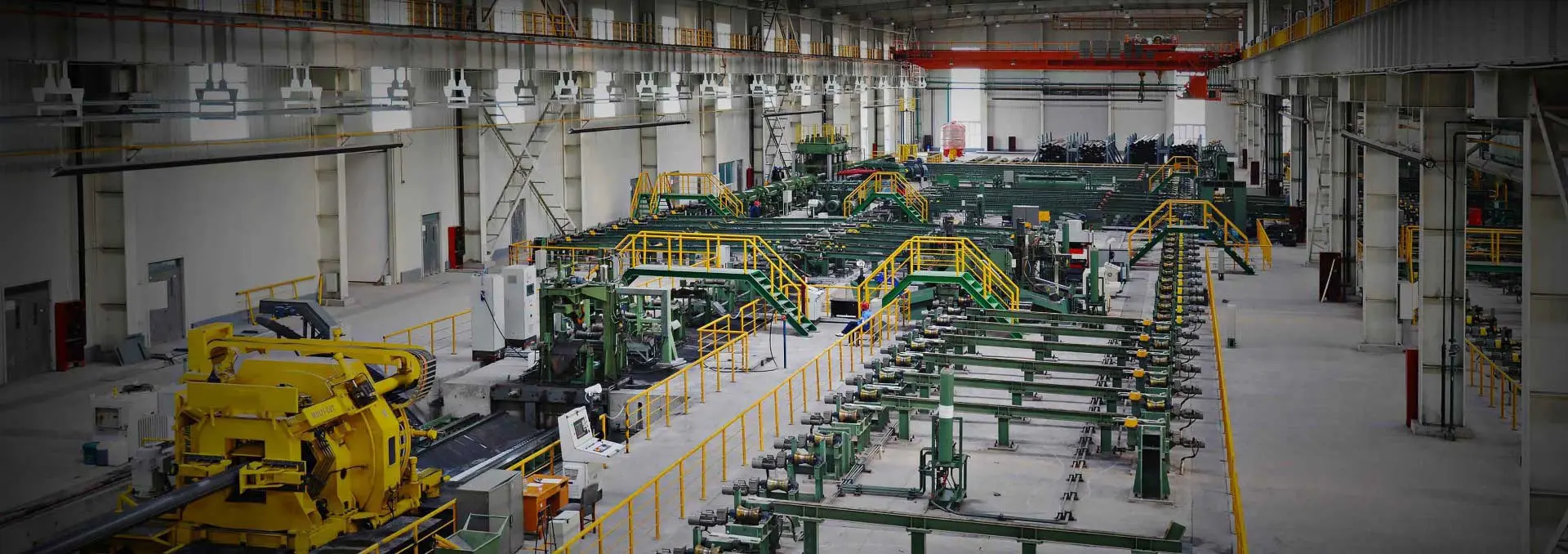The annealing process of seamless steel pipes is a heat treatment method aimed at optimizing the structure of the steel, enhancing its mechanical properties, relieving internal stress, and preparing it for further processing or use. The annealing procedure consists of three primary stages: heating, insulation, and cooling, each with its own set of considerations.
Heating Stage:
Heating is a crucial step in the annealing process, where the steel pipe is gradually brought to a specified temperature range. Achieving uniform heating is essential, as temperatures that are too high or too low can negatively affect the annealing results. Common heating methods include furnace heating and induction heating. Key factors to consider during heating include:
- Heating Speed: The heating rate must be carefully controlled. Rapid heating can create significant temperature differences between the inside and outside of the pipe, leading to thermal stress. Conversely, heating too slowly may extend the annealing time, reducing efficiency.
- Temperature Control: Maintaining a stable heating temperature within the desired range is vital. Fluctuations in temperature can lead to uneven structural properties in the steel pipe, compromising the annealing process.
Insulation Stage:
Once the steel pipe reaches the target temperature, the insulation phase begins. During this stage, the pipe is held at the specified temperature for a set duration to allow its structure to fully adjust. The duration of insulation depends on factors such as the material type, pipe size, and annealing objectives. Important considerations include:
- Insulation Time: The pipe must be maintained at the target temperature long enough to achieve complete structural adjustment. Insufficient insulation time may lead to suboptimal results, while excessive time increases costs.
- Temperature Stability: Consistency in temperature is critical. Fluctuations during the insulation phase can lead to uneven material structure and negatively impact the desired annealing outcome.
Cooling Stage:
The final stage of annealing involves cooling the steel pipe, during which its structure undergoes transformations that influence its mechanical properties. The rate and method of cooling depend on the material and the specific goals of the annealing process. Considerations during cooling include:
- Cooling Rate: The cooling speed must be balanced. Cooling too quickly can introduce residual stress, while slow cooling can result in a coarse structure, diminishing the material's mechanical properties.
- Cooling Medium: The choice of cooling medium—such as water, oil, or air—depends on the material and the desired outcome. Each medium has distinct cooling capacities and rates, and must be selected according to the specific requirements of the process.
Additional Considerations:
Beyond the primary stages of heating, insulation, and cooling, several other factors should be addressed during the annealing process:
- Equipment Maintenance: Regular maintenance of annealing equipment is essential to ensure consistent performance. Equipment malfunctions can disrupt the annealing process, negatively impacting the steel pipe's quality.
- Operating Standards: Operators must be thoroughly trained and adhere to strict procedural guidelines. Deviations from the correct operating procedures can lead to poor annealing results and potentially damage the equipment.
- Quality Inspection: After annealing, the steel pipes should undergo a comprehensive quality inspection. This includes visual checks and testing of mechanical properties. Any pipes that fail to meet quality standards should be reprocessed or discarded.
In conclusion, the annealing process of seamless steel pipes is a complex and vital procedure. By carefully controlling the heating, insulation, and cooling stages, maintaining equipment, adhering to operating standards, and conducting thorough quality checks, optimal annealing results can be achieved, enhancing the steel pipe’s mechanical properties and ensuring its suitability for subsequent use.

 English
English Español
Español




 Tel : +86-18565811709
Tel : +86-18565811709 Email :
Email : 
 News
News




